AR technology has already taken root in many industries. One of them is fashion. Clothing, beauty, and retail brands have long been leveraging AR solutions to attract customers and boost sales.
According to recent estimates, the number of mobile augmented reality (AR) users worldwide will reach 1.7 billion by 2024 – a huge rise from 200 million in 2015. Businesses are well aware of the trend and eager to enhance user experience with virtual overlays.
One area within e-commerce where AR has already proved its efficiency is the apparel, fashion, and luxury industry (AF&L). Cutting-edge solutions have been driving customer engagement and boosting sales for luxury brands and are bound to go mainstream in the near future.
So, what are the specific advantages of using AR in the fashion industry? And how exactly do AR tools work? Before we address these and other questions, let’s start with clarifying the basic notions.
Augmented reality vs. virtual reality. How are they different?
The concept of augmented reality is frequently mixed up with that of virtual reality (VR). Both technologies share similarities, yet they are by far not the same. In rough terms, the difference lies in their relation to immersion.
VR provides a fully immersive experience in an artificial digital environment. On the other hand, AR enables you to experience physical reality enhanced by a digital overlay, which amounts to partial immersion.
To enjoy VR, you need a special headset that enables you to enter the digital world. With AR, it’s much easier. You can access it with a “mere” smartphone or a tablet powered by an AR-supporting application. The most typical application of AR involves pointing your device to an object to receive helpful information or access handy features.
So, how does it relate to fashion?
Augmented reality in the fashion industry. How does it work?
Both VR and AR are used in the AF&L industry, although the latter is much more common due to user convenience and lower technical requirements (smartphone vs. headset). One example of VR use by fashion brands is Balenciaga 2021 show. The company showcased its dystopian-themed autumn/winter collection as a virtual reality presentation displayed through Oculus headgear. It went as far with marketing efforts as to couple the VR show with the launch of the game designed in the corresponding apocalyptic style.
Balenciaga’s virtual world project was focused on publicity rather than functionality, not to mention that it was costly. With augmented reality, things work differently. AR-based solutions typically aim for utility while providing fun to users and not giving up on PR opportunities. AR technology allows companies to transform their product offer into a three-dimensional customer experience – a significant upgrade from a simple website or a catalog.
With AR functionality, users can see a realistic 3D representation of a product appear on their screen. More advanced AR clothing solutions allow customers to try on products mapping the representation of the clothes over the person’s body. These are but general examples. There are many nuanced and fancy AR shopping features out there.
What are the key benefits of using augmented reality in fashion retail?
AR experience boosts conversions
According to Snap Consumer AR report (2021), interacting with products through AR boosts conversion rate by 94%, as it allows customers to better assess the item and connect with a brand. Shopify’s data is even more optimistic. The company claims that 3D models in AR may increase conversion rates by up to 250% on product pages.
Augmented reality technology drives engagement
Well-crafted augmented reality fashion app provides both utility and entertainment, increasing customer engagement. Users usually have fun browsing products in a novel, creative way. As a result, they spend more time on the retailer’s website and are more eager to buy their products. Data from Threekit shows that AR can boost the clientele’s engagement by a factor of 2.7.
AR increases customer loyalty
With AR technology, fashion retailers are able to increase brand loyalty. Providing a more immersive online shopping experience and keeping users engaged, simultaneously delivering quality products, translates to higher customer satisfaction and positively impacts customers’ perception of the brand, making them want to come back.
AR helps decrease the return rate
Product returns are a big issue in fashion retail. The research conducted by Wearfits and Marie Zelie shows that more than two-thirds of online consumers return clothes because they don’t fit, leading to up to 10% loss for businesses. AR provides an efficient solution for this problem, helping decrease the return rate by even 20%. Being able to use virtual try-on and test products in virtual fitting rooms, customers are more confident in their choices and less prone to change their minds after purchase.
AR can make your content go viral
AR has also proved effective in marketing campaigns for the fashion world. Companies like Calvin Klein, Gucci, and Louis Vuitton successfully used social media AR filters to create viral content. A great example of creative AR usage in fashion is Nike’s and Footlocker’s campaign. With Snapchat’s augmented reality marker technology, both companies morphed a 2D poster of Lebron James into his 3D digital “avatar” performing a slam dunk. Such marketing stunts generate publicity, attract potential customers and, ultimately, drive sales.
AR tech provides valuable consumer data
Augmented reality apps are an invaluable source of data on user behavior, preferences, and interactions, especially since they keep users engaged and encourage interaction. As a result, they help brands understand consumer motivations and preferences, separate useful features from those less relevant, customize ads, drive users down the sales funnel, or even identify nascent trends, providing a competitive advantage.
What are the examples of AR solutions used by fashion brands?
Timberland: magic mirror fitting room
One of the earliest applications of AR in fashion are magic mirrors – free-standing consoles with digital screens that serve as a virtual fitting room. In 2014, Timberland introduced this technology in Mokotow Gallery, a shopping mall in Warsaw, Poland. The company used Kinect to sense persons’ movements and scan faces. Customers were able to quickly try on virtual garments without going to physical fitting rooms. Now, you can find magic mirrors in physical stores worldwide. They are fun and a time saver, bringing the retail experience to the next level.
Hugo Boss: the most advanced AR try-on service yet
Since Timberland rolled out its magic mirror, the AR fitting technology has evolved significantly. In 2022, Hugo Boss launched a virtual service that creates personalized digital avatars based on a person’s precise measurements, enabling customers to accurately try on virtual clothing. The technology, based on PICTOFiT, Reactive Reality’s patented AR solution, has some neat features. For example, you can make sure you look good with your shirt tucked in and out, check the garment’s transparency, or find out how it combines with other clothes.
Amazon: AR try-on feature for shoes
Also in 2022, Amazon launched a try-on feature for shoes in its shopping app on iOS. It allows users to preview how a pair of shoes will look on their feet from any angle and make better-informed buying decisions. User experience is as easy as it gets. You just need to select a shoe, tap the button below the product image, and point your iPhone camera at your feet. Then you can position your feet to get the angle you want. The solution, available in the U.S. and Canada, supports thousands of sneaker styles from top footwear companies, including Adidas, Reebok, Puma, and many more.
Kohl: AR virtual closet
In the middle of the pandemic, when customers started to flock to online stores, retail companies shifted into high gear by rolling out AR features to facilitate digital shopping, attract new customers, and build brand loyalty. In 2022, Kohl, the largest department store chain in the U.S., partnered with Snapchat to launch an AR virtual closet feature. With a smartphone and the Snapchat app, users can enter a virtual dressing room, try on digital clothing, mix and match items, and buy products inside the app.
AR technology is an important growth driver for online shopping
This is just a tiny portion of examples illustrating how immersive technologies have been conquering fashion, as well as retail, cosmetics, and other clothing and beauty-related industries. Brands have been going to great lengths to enhance customer experience, delivering all sorts of advanced solutions from virtual try-on features through AR mirrors to social media filters and AR models.
For some customers, they may not substitute real in-store experience. For many, though, they provide a convenient and entertaining opportunity to browse through products in virtual showrooms, try on digital versions of clothes or footwear, and make the best buying choice based on available options. For brands, AR technologies are an effective way to market their products, enhance customer retention, and, ultimately, drive sales.
Reach out for insights on AR technology!
At NGLogic, we’re excited to follow the evolution of augmented reality in the realm of virtual fashion and other industries. If you need any advice on AR or other technologies, feel free to contact us at your convenience.
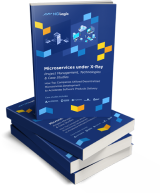



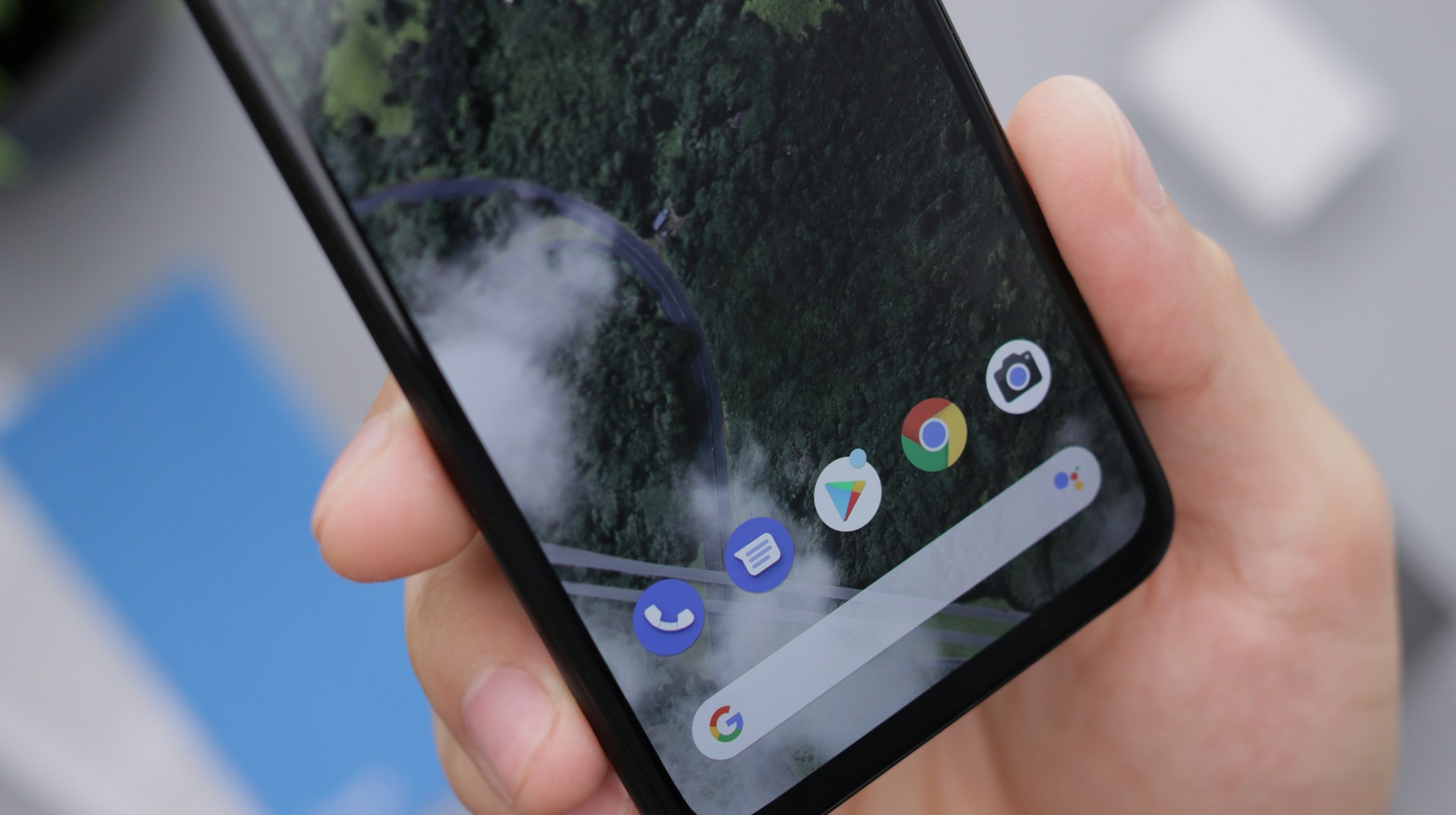


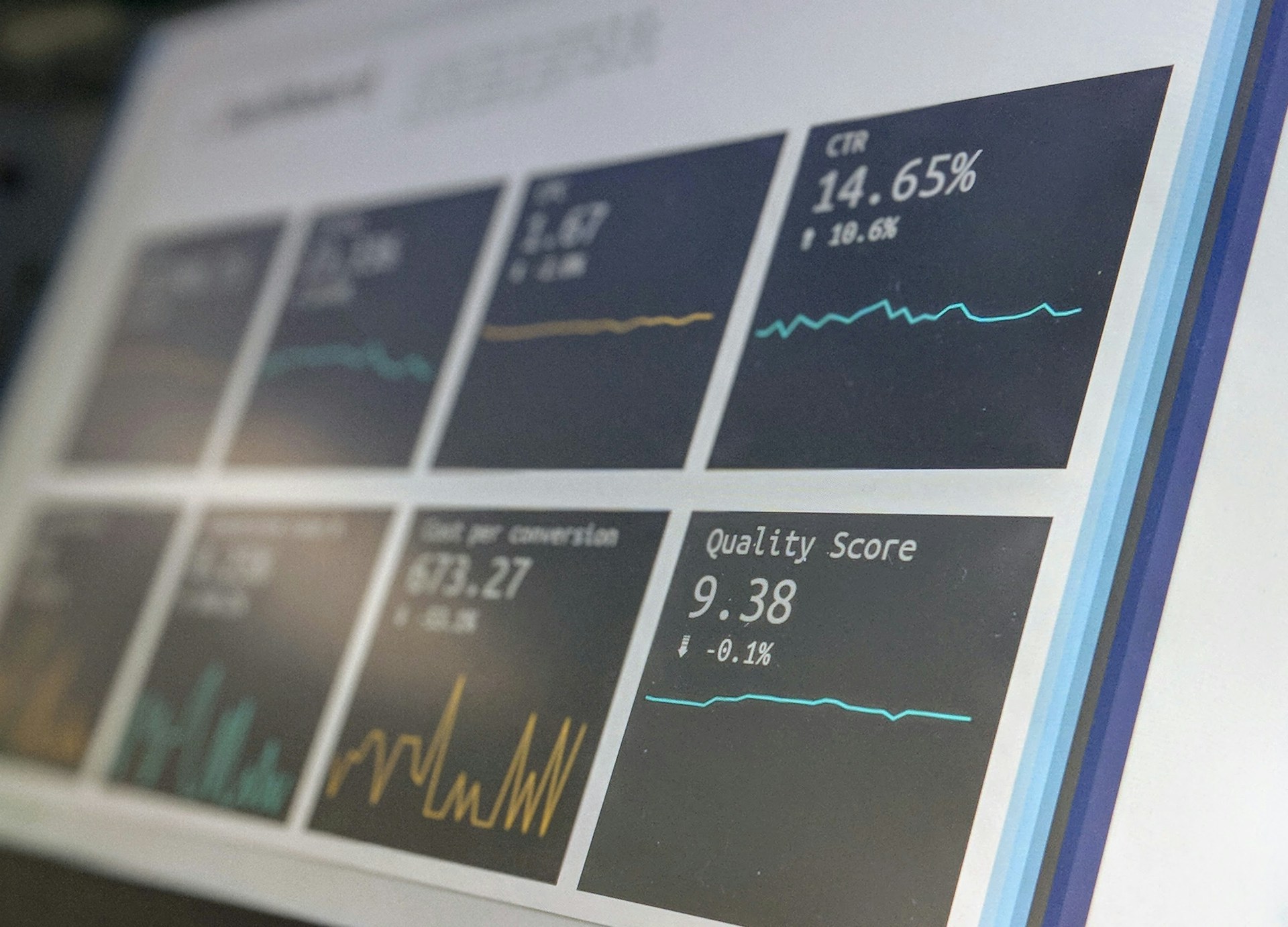

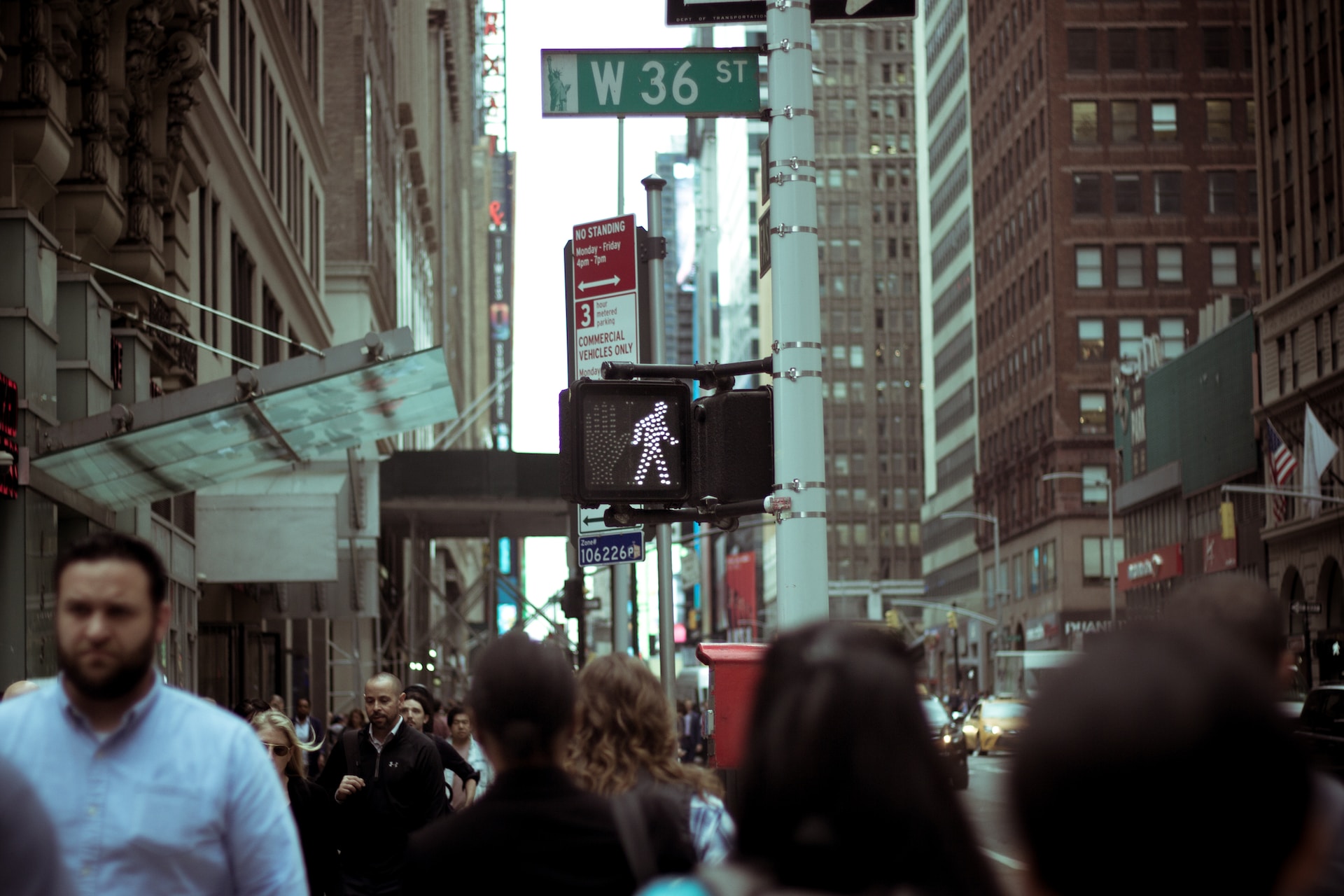
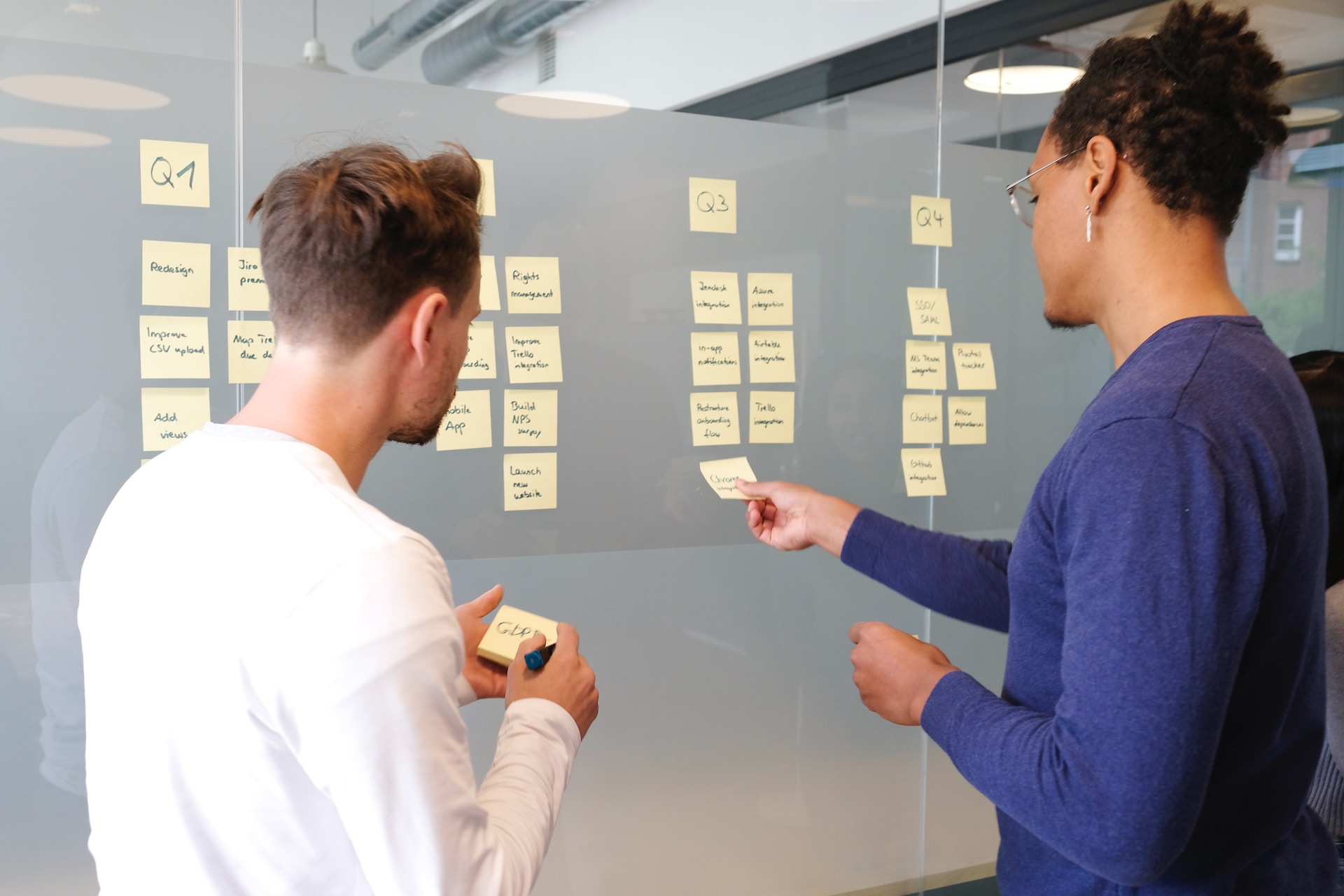
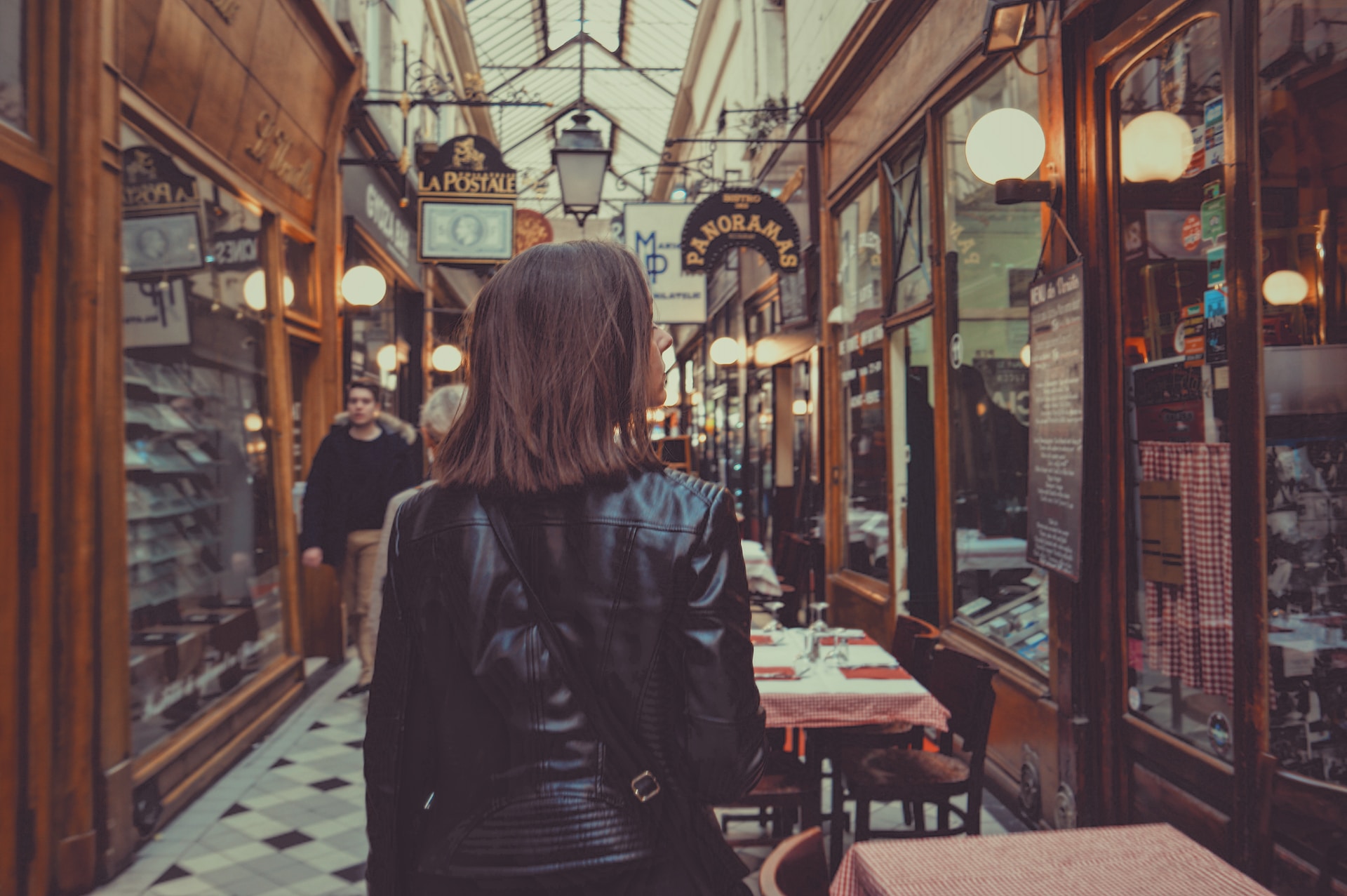


 +1 (888)
413 3806
+1 (888)
413 3806